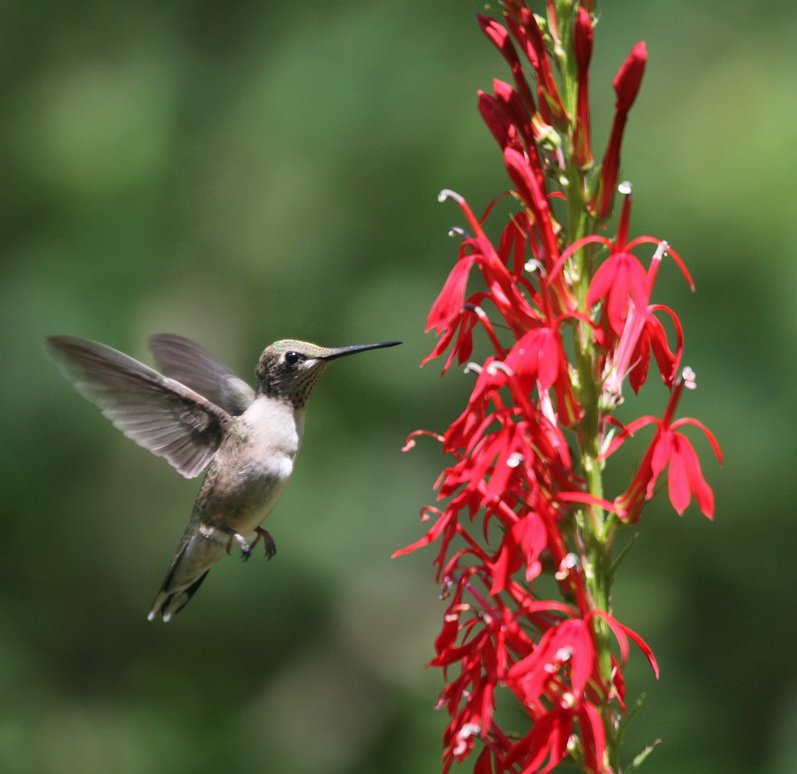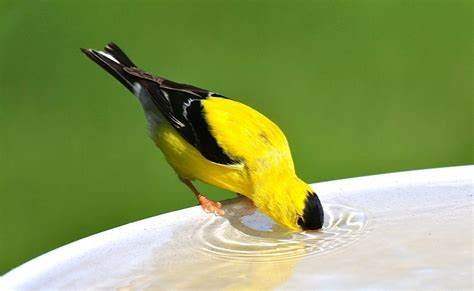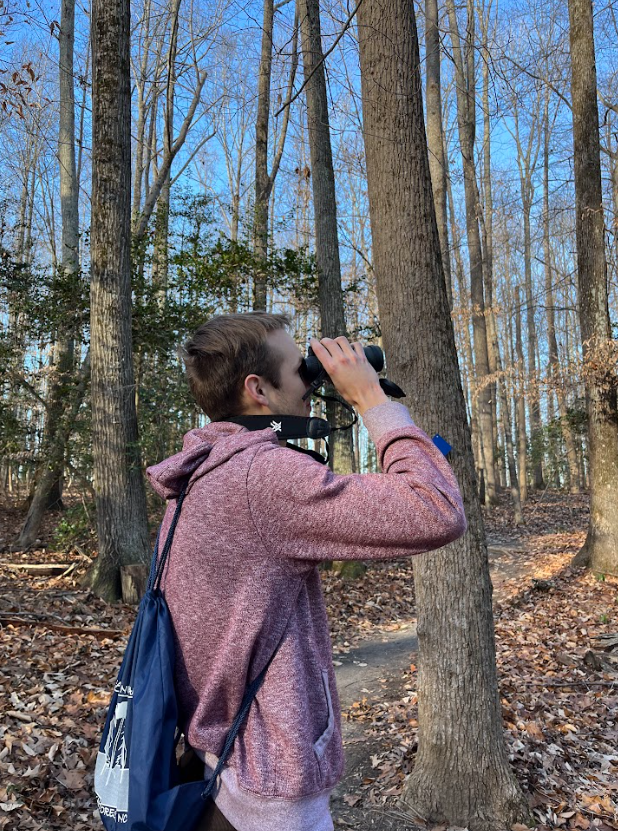Backyard Wildlife Sanctuary Program
Transform your backyard into a haven for wildlife. By incorporating native plants into your landscape, you'll naturally draw an abundance of birds, butterflies, insects, and other animals to your yard, patio, or balcony.

While birdfeeders are excellent entryways into the lifelong joy of birdwatching, we unfortunately do not recommend the use of birdfeeders due to their potential to foster a dependency on humans and become hotspots for avian flu when not properly cared for. Instead, we encourage our neighbors and friends to grow their own birdfeeders!
Through a series of simple actions, you can transform your yard from a food desert to a home-grown national park, providing vital habitat and food sources for birds, pollinators, and wildlife. It's crucial that we take collective action to protect and enhance our environment. Just how critical is it? Bird populations have declined by over 40% since the 1960s, and approximately 314 bird species in the US are at risk, nearly half of our nation's avian residents. The Monarch Butterfly population is also at its lowest point since scientists began tracking it in the 1970s.
Your backyard contribution can make a significant impact on the well-being of wildlife. Your property offers a unique opportunity to positively influence the health of our natural landscape. Join the movement to support birds, pollinators, and wildlife by establishing a Certified Backyard Habitat.
The Backyard Wildlife Sanctuary Program will provide you with resources needed to make meaningful change in your own backyard. Our process involves two personal yard visits, tailored property planning, and an array of valuable resources to support your journey.
Contact us to apply!
chesapeakebaybirdtours@gmail.com
Components of the Program
-
Native Plants
Indigenous flora form the foundation of a thriving ecosystem. Native plants supply roosting and nesting spots for birds, as well as a wide variety of food sources, such as nectar, nuts, insects, and seeds. The different habitat layers provide shelter from predators and ensure food is available throughout all four seasons.
-

Natural Products
Pesticides are known to harm the environment and human health. Natural alternatives like companion planting and biological control benefit the environment, support pollinators, enhance soil health, reduce health risks, promote sustainability, and yield nutrient-rich produce, fostering a healthier, chemical-free ecosystem.
-
Stewardship
Being a good wildlife steward involves actions like keeping cats indoors to prevent them from hunting birds and other small animals, providing water sources like a bird bath, addressing windows to prevent birds collisions, and leaving leaf litter in your garden to create a natural habitat for insects and other small creatures.
-
Clean Water
Clean drinking water on the Eastern Shore is vital for the well-being of humans and the entire ecosystem. We can improve water quality by leaving leaf litter, composting, disposing of chemicals and hazardous waste properly, installing rain barrels, and planting at least one large canopy tree to remove pollutants and reduce erosion.
-
Homeowner Engagement
Once you’ve caught the nature bug, you can join the local Native Plant Society chapter, complete the Master Naturalist program, recruit neighbors to build Backyard Habitats, ace our species identification exam, enjoy guided birdwatching walks, or proudly showcase your amazing new Backyard Habitat.



